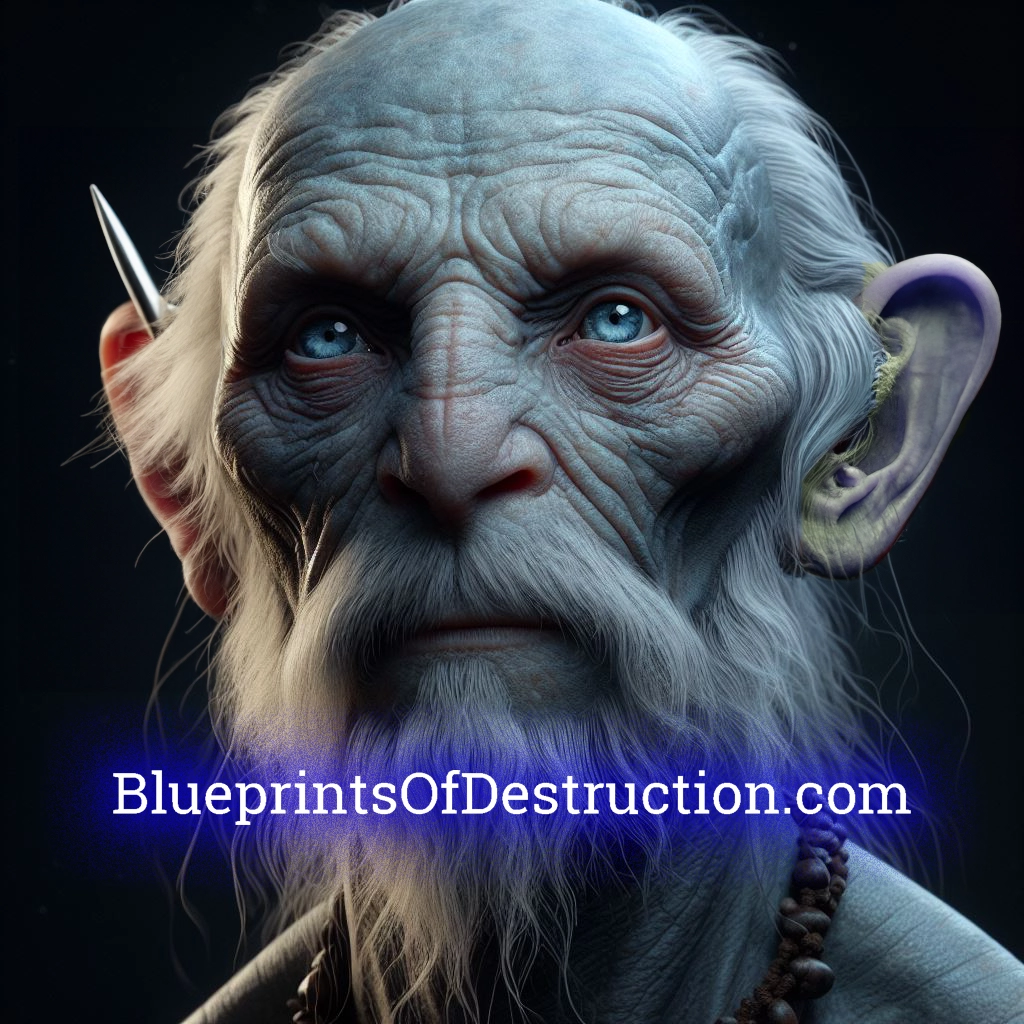- Home
- Building Characters
How to Make Your Character
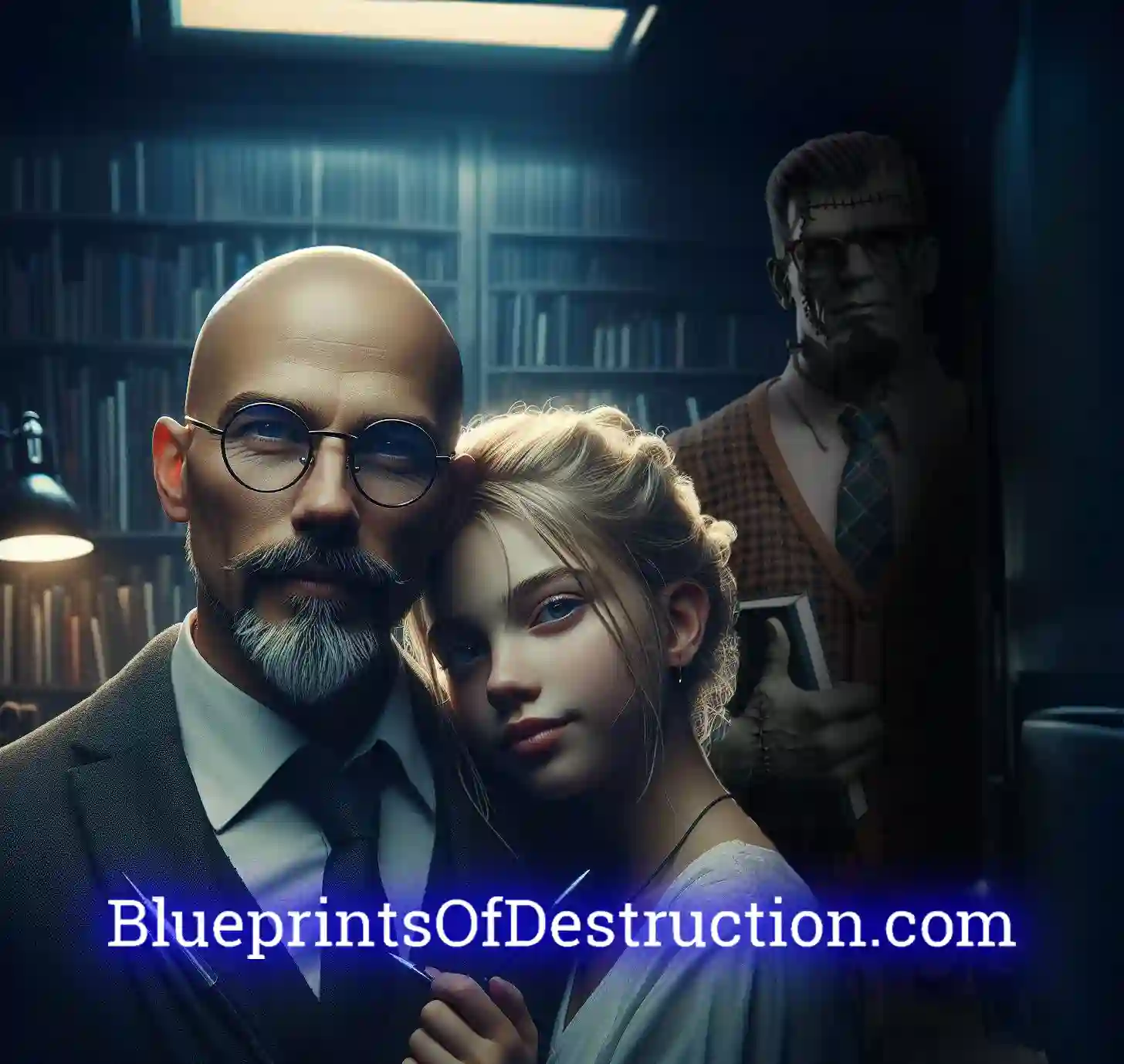
When Frank and Lucy started on the journey towards Blueprints of Destruction, they had no idea what they were getting into. In the beginning they did not know they would embark on such a colossal adventure, nor did they have any idea PhranqenLu, their combined alter-egos, was waiting in the shadows. Lucy came to Frank with the most innocent of questions: “Dad, will you help me write a story? I know you know how to make your character, good or bad, and have it make sense.”
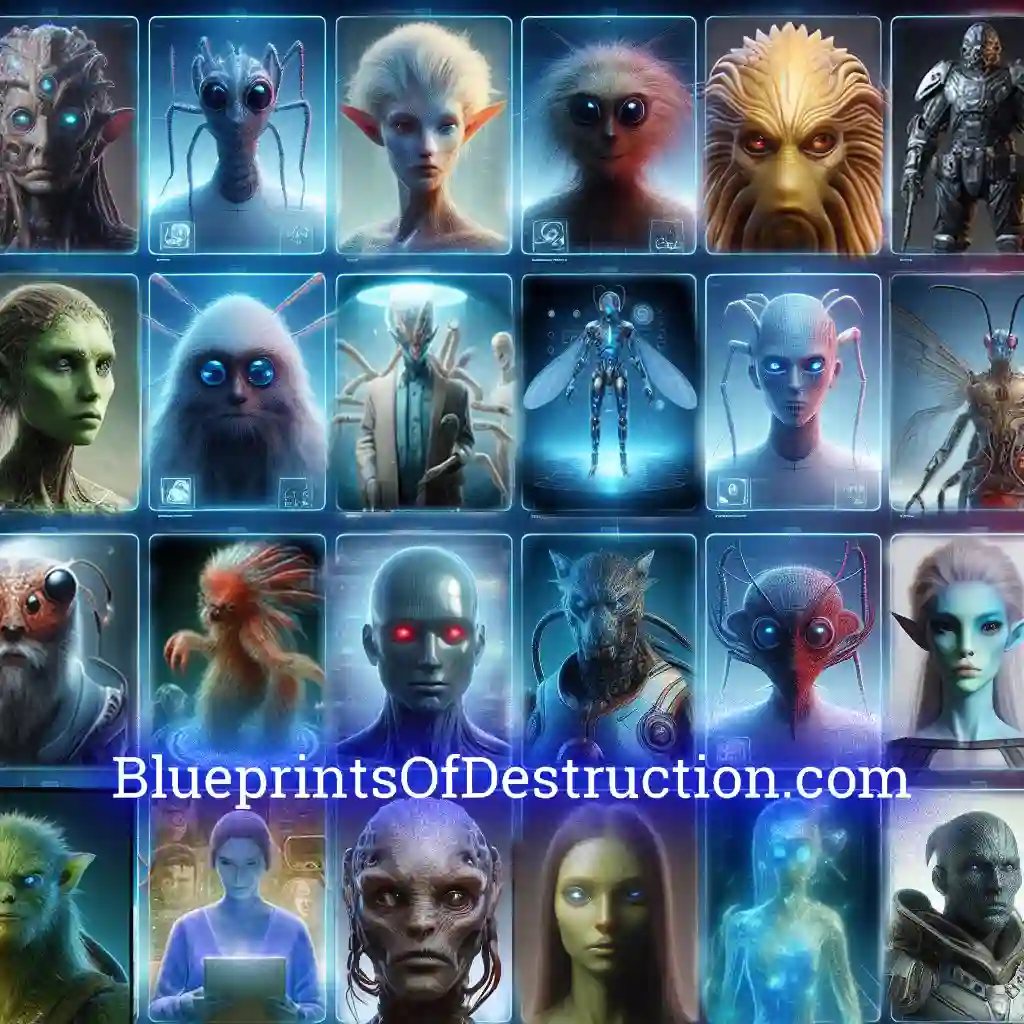
Her only thought was of the twenty six characters she had rolling around in her young mind, and a few minor parameters around which to write them. Frank was a bit caught off guard by the enormity of the request. Most stories do not include twenty six main characters, and he was not sure Lucy even had an idea of what she wanted to see happen in her story.
Frank knew this request would not be forgotten, and he knew Lucy was determined to follow it through. (Lucy was resoundingly persistent). So, as Frank does, he began asking some clarifying questions:
“Twenty six is quite a few characters, Lulu,” he said. “That's quite a lot. Tell me about them.”
“I don’t know yet, Dad. That is why I want you to help me.” Her bouncy curls glowed golden in the same sunlight which twinkled in her eyes. “Some are good guys, and some are bad guys. And they are fighting over the Blueprints of Destruction in the vectored city of Qualx! It is going to be amazing!"
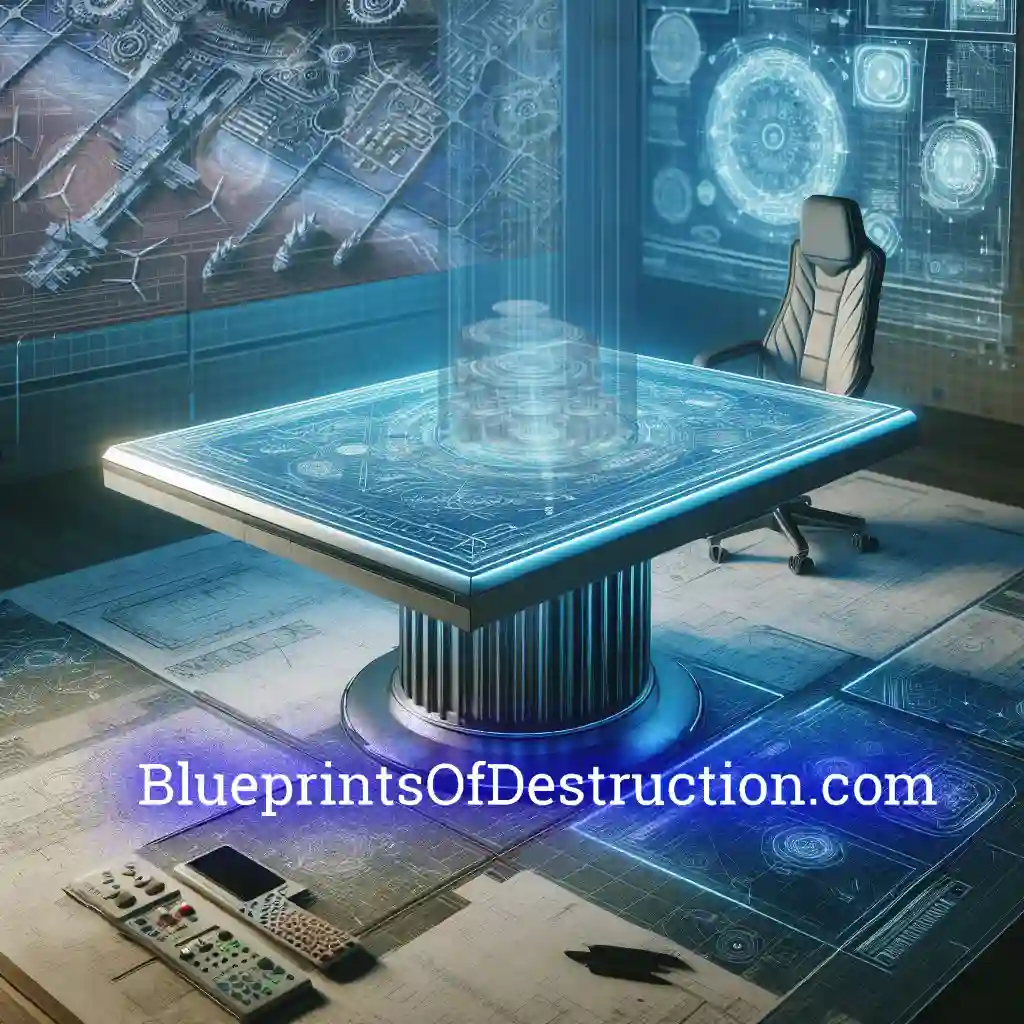
“Well, Sweetheart, that does sound exciting!” Frank had three girls, and was admittedly closer with the older two than he was with Lucy. Because of the relative distance in their relationship, there was a part of him that was concerned about how she would handle any criticism he offered, regardless of how constructive. “Do you know how to make your characters good or bad, so your reader will know the difference?”
How to make your character:
PhranqenLu had quite a few characters to come up with, and they knew there was a tendency to fall into the challenges any amateur writer has the need to overcome.
1. Characters lacking depth
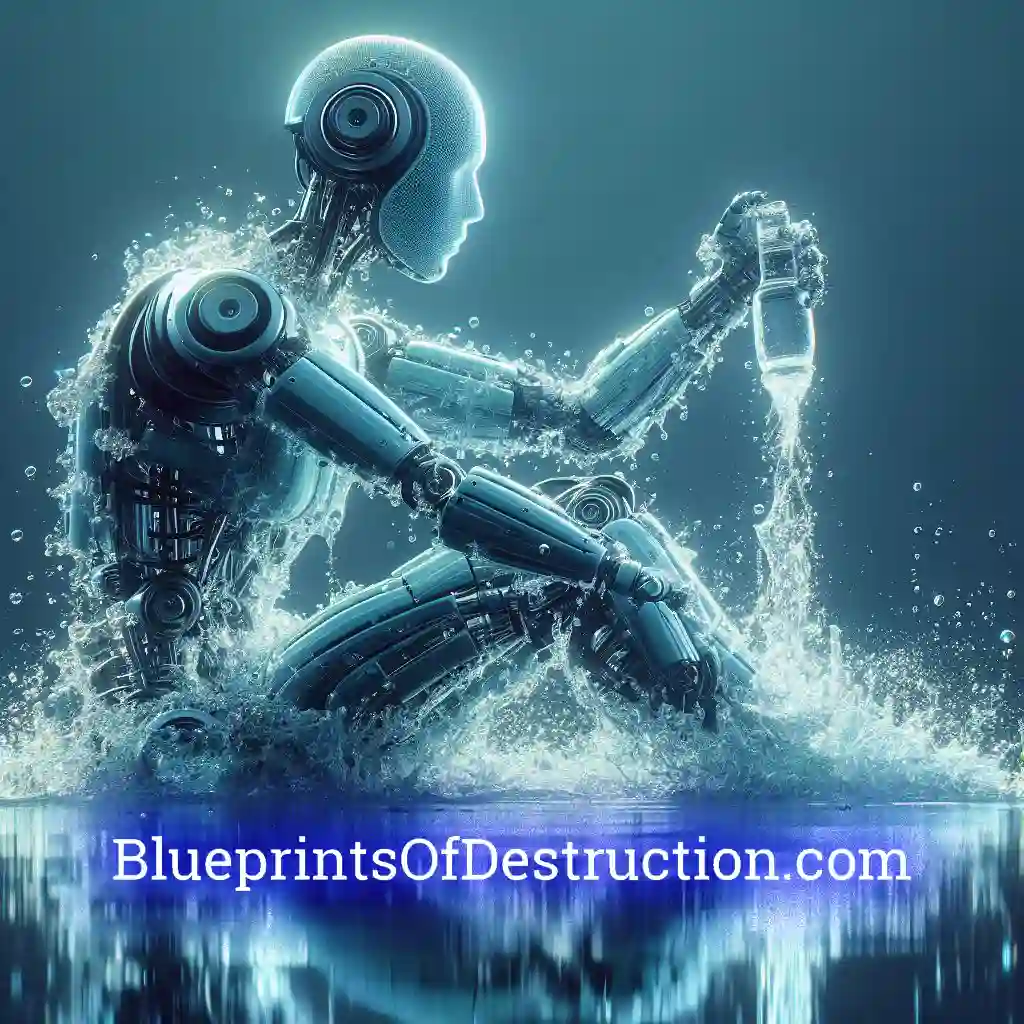
Without a solid idea for characters, new authors may tend to create shallow characters (Like sitting in ankle-deep water, pretending we can dive deep). This might be referred to as “flat” or “one-dimensional”, where they lack any depth, complexity, or nuance. If your character starts sounding more like a cliche or stereotype, your audience will probably not view the character as realistic, relatable, or believable. Your audience will either fail to make, or will end up losing, any sense of a connection with the characters.
2. Inconsistent Characters

You should know your characters, and know them well. Inconsistent characters, whether in motivation, thought, or behavior, can come across as untrustworthy, unbelievable, and generally unlikeable.
3. Not giving characters goals
A character without a clear goal will most likely come across as aimless or passive. If your reader doesn’t know what interests your characters, your story most likely will not interest your reader. Deciding what drives and motivates your character is the fastest way to figure out how to make your character someone your reader will fall in love with.
4. Characters who lack conflict
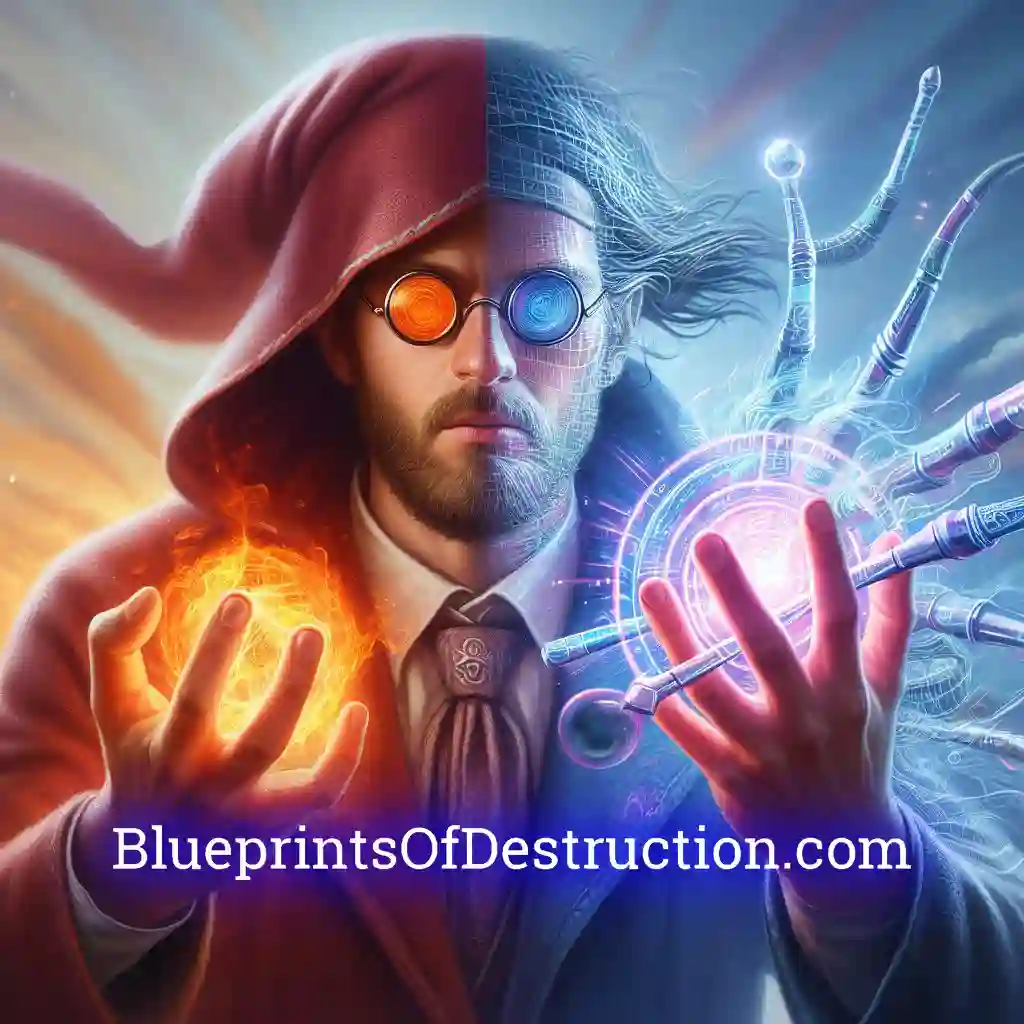
Characters without struggles, whether that is an internal dilemma or an external obstacle of some kind, are what causes the character to fall flat and be one-dimensional. Your reader wants to be able to root for your character, but without a conflict to overcome he or she literally has nothing to root for.
5. Overloading the Backstory
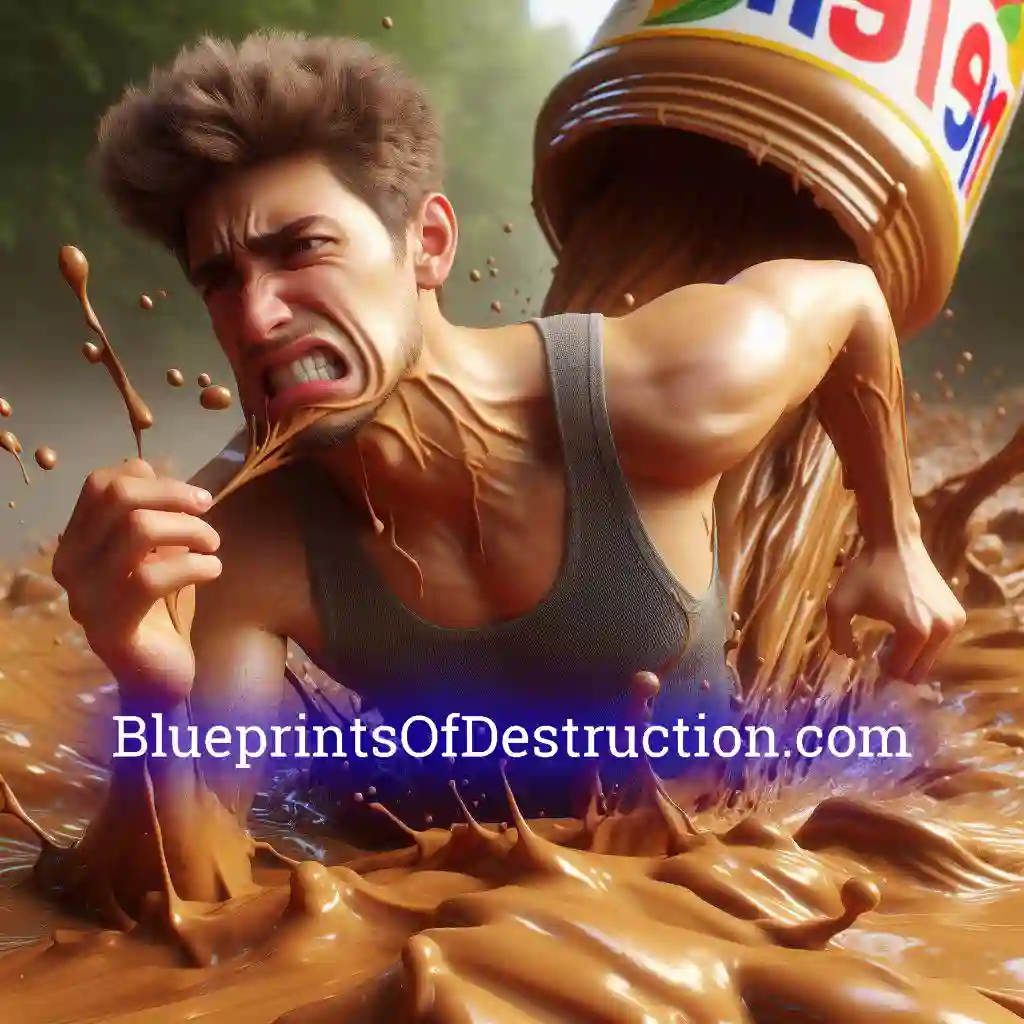
Backstory can be important as part of a character’s development, but overdoing it can bog the story down like running through peanut butter. It can distract from the narrative, detract from the pacing, and blatantly sidetrack the storyline to the point the reader is wondering what the story is about.
6. Dialogue is inappropriate to the character
“Inappropriate”, as it applies to dialogue, does not necessarily mean “bad language.” Unrealistic or unnatural dialogue can break the reader’s immersion. Dialogue between characters should always reflect each individual personality and circumstance, so keep the dialogue applicable for that specific Character.
7. Characters without an arc
Characters which fail to grow and change throughout the story have no way to develop. They will very quickly fall into the “shallow” category, and can leave the reader feeling unsatisfied. Characters with no arc will generally kill a reader’s excitement, and leave them feeling empty.
8. Characters who lack agency
Characters who lack agency quickly become dull and lifeless. Readers easily become disenfranchised with characters that are unable or unwilling to take matters into their own hands. This is not to say that nothing can happen to characters that is out of their control, but they need to respond in their own right to advance the plot further. Without this, characters will feel as though they are a helpless raft, drowned by the storms of circumstance.
9. Perfect characters
Characters who are too perfect can make for a difficult read. Your audience wants to read your story because they want to root for, fall in love with, and sympathize with your characters. Flaws and vulnerability give the reader someone to relate to, and not providing any flaws often leaves the character feeling shallow, without any developing resistance, lacking meaningful growth, and leaving your reader with an inability to connect with the story.
10. Characters who don’t evoke empathy
This might sound slightly like a rehash of earlier mentioned issues, but there is a distinction. You might struggle to create characters who evoke an emotional response, or empathy, in readers. It isn’t enough to simply have your character face challenges, be vulnerable, or overcome obstacles. Your reader needs to be able to connect and understand those issues, and relate to them. This does not mean that your characters need to make morally correct choices. It simply means giving the reader the ability to put themselves into your characters shoes, and understand why those choices were made, good or bad.
11. Neglecting relationships
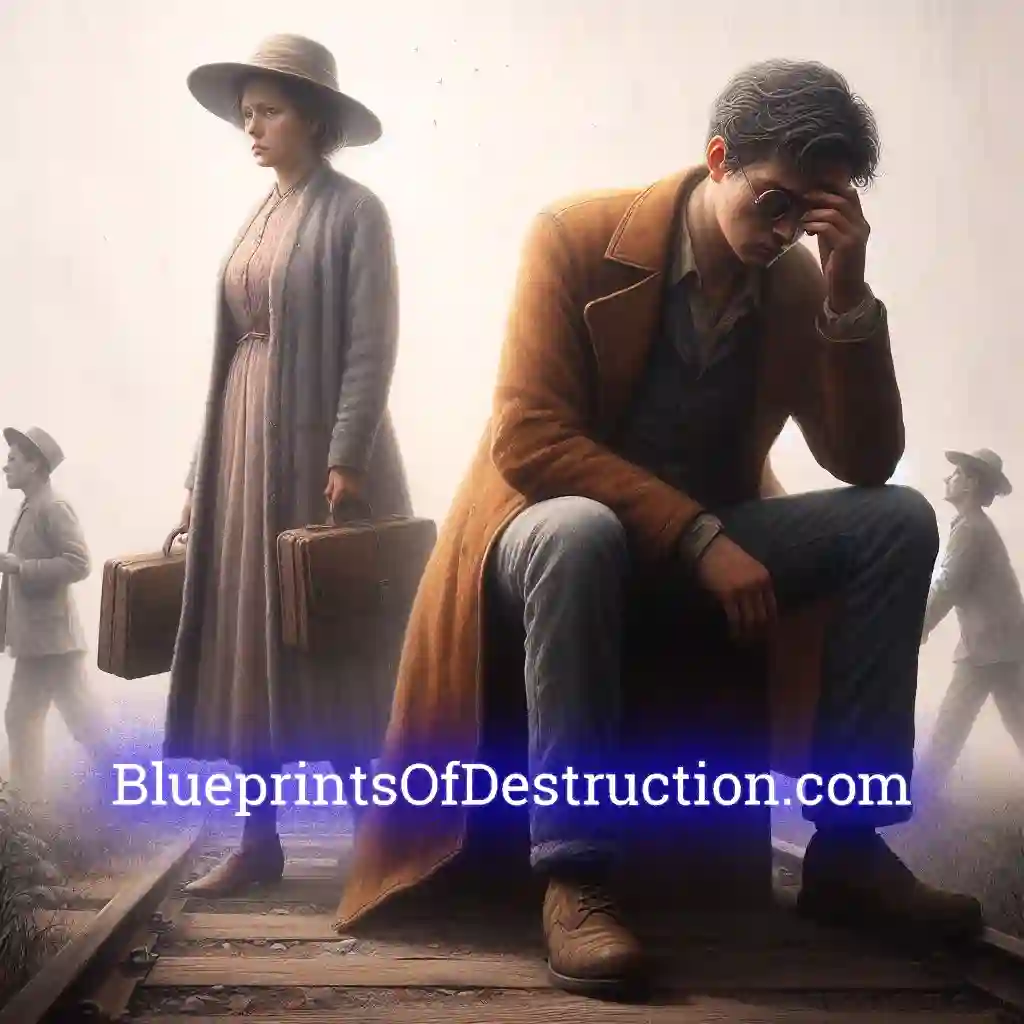
Your characters are the focus of your story and they, by necessity, interact with other people in your story. Those relationships, even when they are not the specific focal point, help to drive the plot, develop growth, and shape the outcome. Neglecting these connections can isolate the character and make them feel less engaging.
12. Rushing development
Developing complex, nuanced characters cannot happen through narration and exposition. Rushing your character’s development will lead to shallow, inconsistent, and less believable characters. You will destroy the very connection with your reader you are trying to build. Avoiding this pitfall takes time and effort, but this step is the very foundation of a believable, realistic, and relatable character.
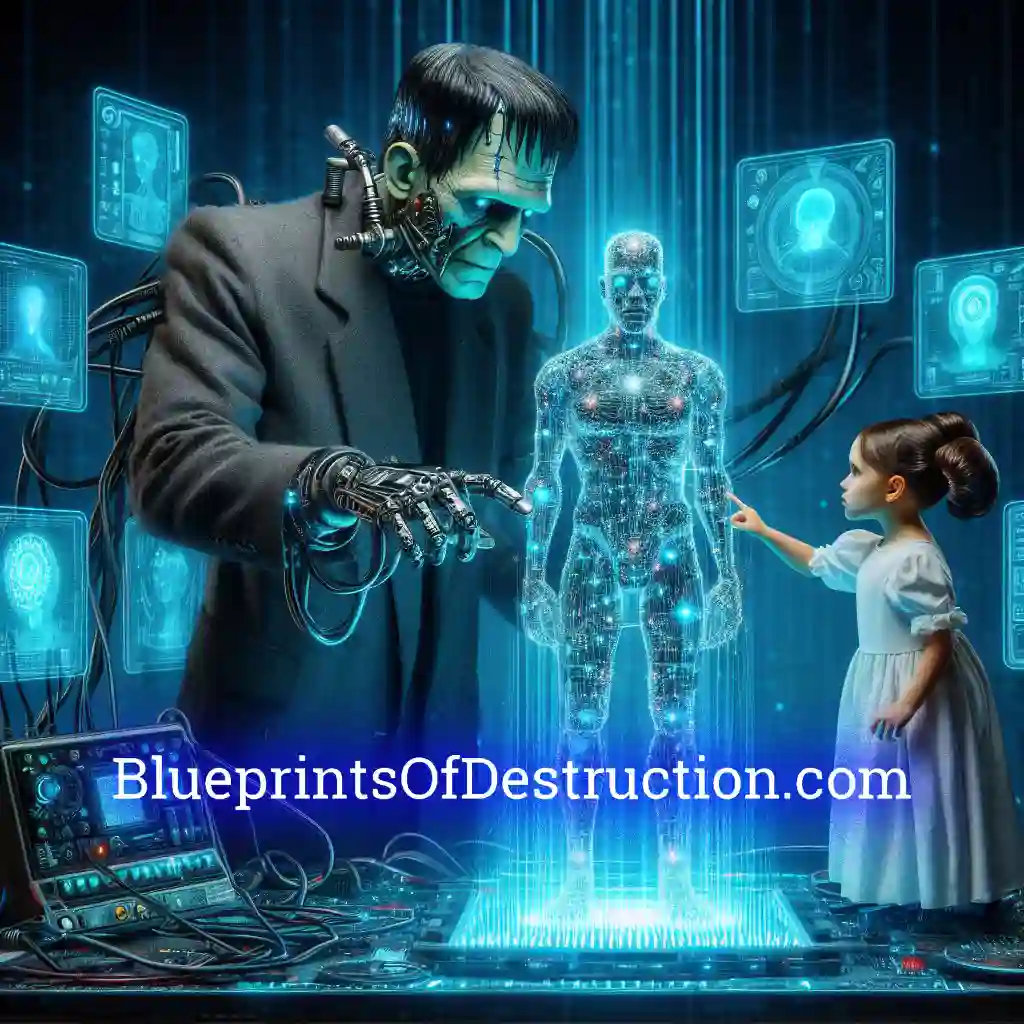
Knowing how to make your character relatable and loveable (even if the character is the antagonist, and the reader loves to hate him) is the best way to make a story that works.
